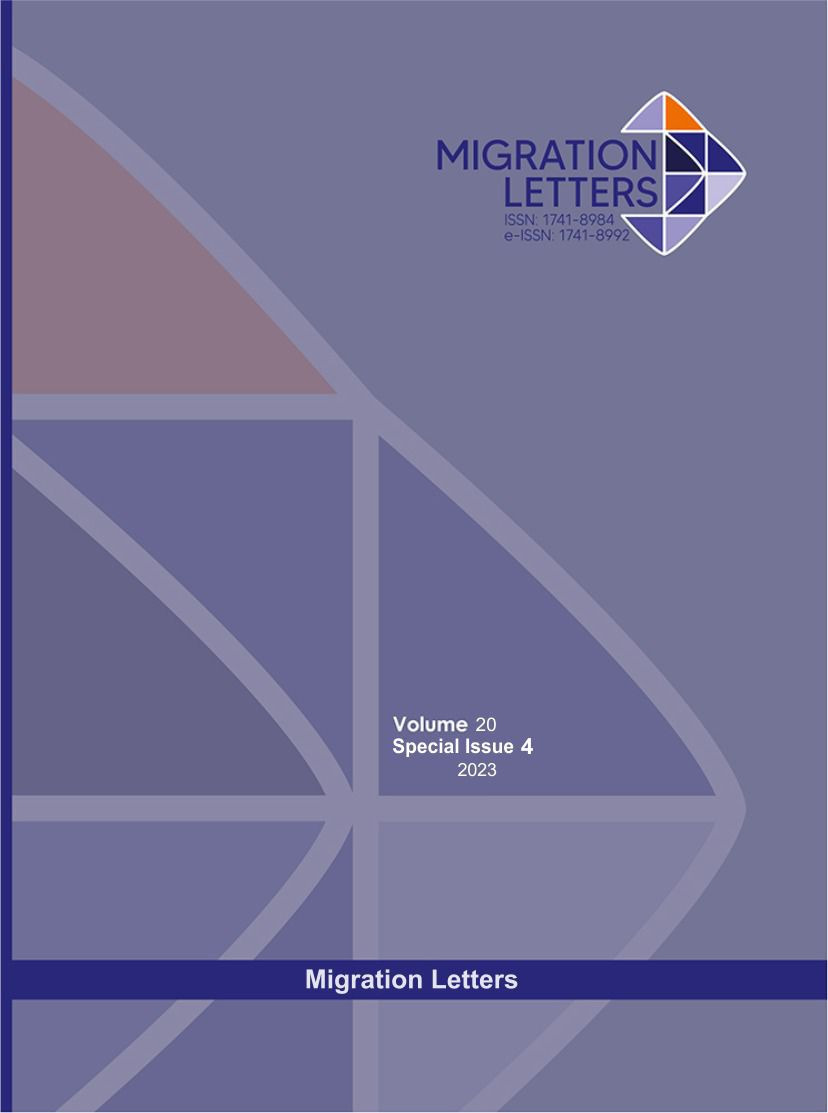Evaluating The Way Of Using The Epinephrine As Anti- Anaphylaxis In Pediatric Age Group In Emergency Departments In University Hospital-Makah At Saudi Arabia 2023
Abstract
Background:
Epinephrine is life-saving treatment of anaphylaxis. This study was conducted to Evaluating the way of using the epinephrine as anti- anaphylaxis in pediatric age group in emergency departments in Saudi University Hospital-Makah at Saudi Arabia A staff ( physicians and nurses) was asked to fill a structured and validated questionnaire about their use of epinephrine as an anti-anaphylactic treatment. The results showed that the most commonly used doses of epinephrine were 0.3 mg drawn from ampoules followed by use of auto-injectors (EpiPens). A single dose was enough for most patients. Intramuscular injection was the most common route. Epinephrine was kept mostly in the emergency trolley away from light and humidity. Keeping epinephrine in a box attached to the walls but protected from light was a rare practice. The time needed for delivery of epinephrine to patients was mostly 30-60 s, and there was no significant difference between physicians and nurses. Aim of this study: Evaluating the way of using the epinephrine as anti- anaphylaxis in pediatric age group in emergency depart[1]ments in University Hospital-Makah at Saudi Arabia 2023. Methodology: A multiple choice self-administered, structured, and validated questionnaire about pattern of use of epinephrine as ant anaphylactic treatment was built up with some reference from previous studies . The questionnaire included questions about doses needed, time of delivery, preparations used, and storage of epinephrine. The study was approved by the Research Ethics Committees in Saudi University Hospital-Makah. Results: Use of epinephrine as anti-anaphylactic at a Saudi University Hospital. (A) The doses used; (B) The need for repeated doses; (C) The routes of administration; (D) The time needed for its delivery to patients. (A) Storage of epinephrine; (B) Comparing the speed of its delivery to patients between ED physicians and ED nurses at a Saudi University Hospital .Conclusion : the pattern of use of epinephrine as an anti-anaphylactic treatment at the University Hospital is generally similar to the international reports. To our knowledge, there is very few data published in Saudi Arabia handling this issue, thus this study improves knowledge of the medical staff about proper use of epinephrine in anaphylaxis and opens gate for larger studies.
Metrics
Downloads
Published
How to Cite
Issue
Section
License

This work is licensed under a Creative Commons Attribution-NonCommercial-NoDerivatives 4.0 International License.
CC Attribution-NonCommercial-NoDerivatives 4.0






